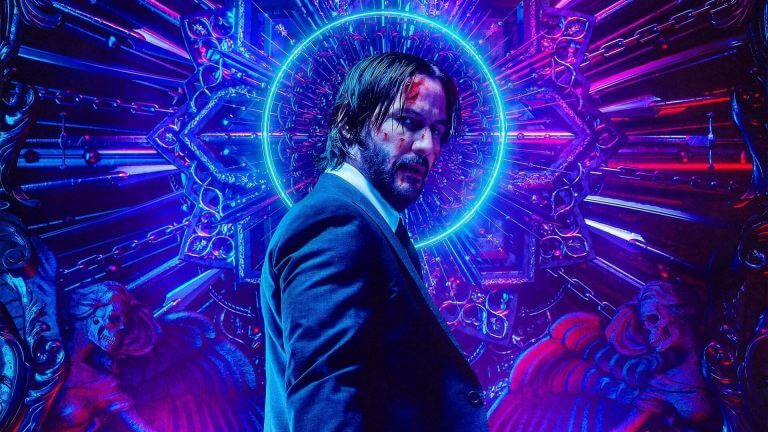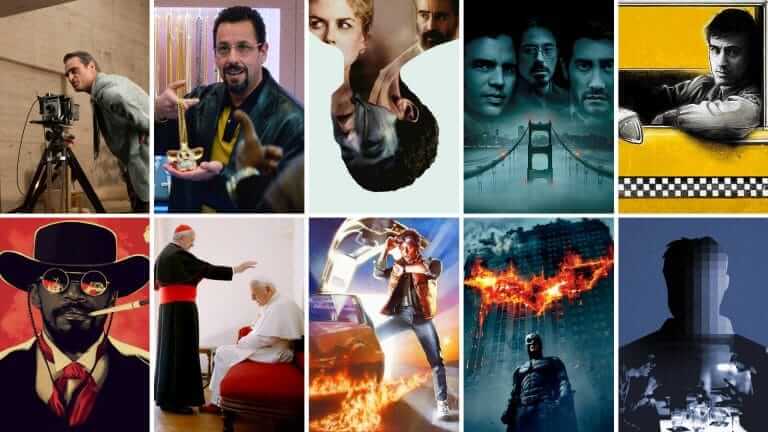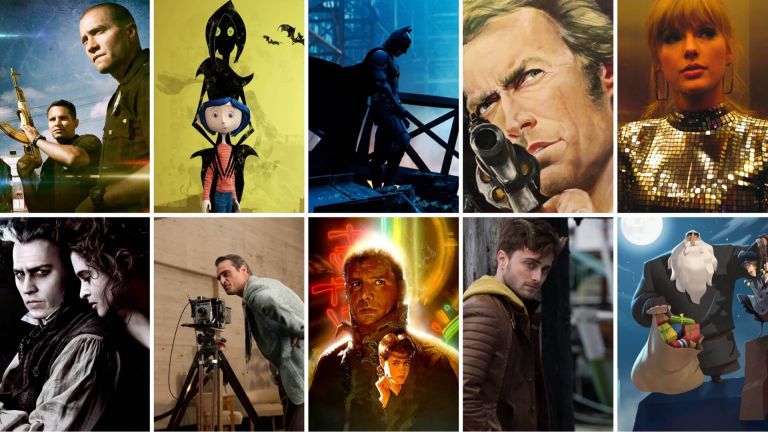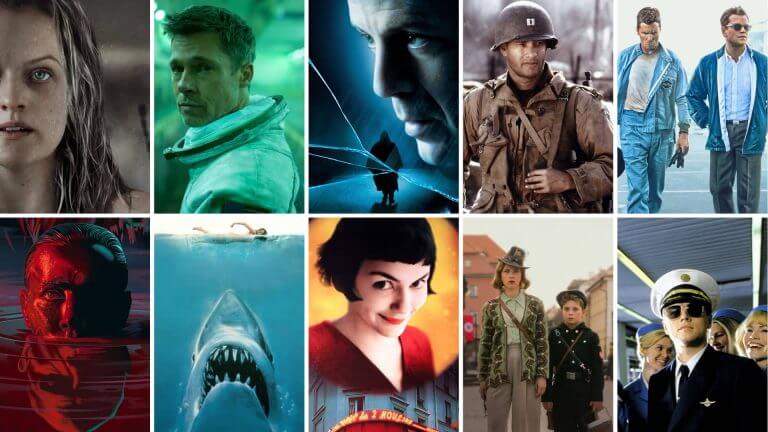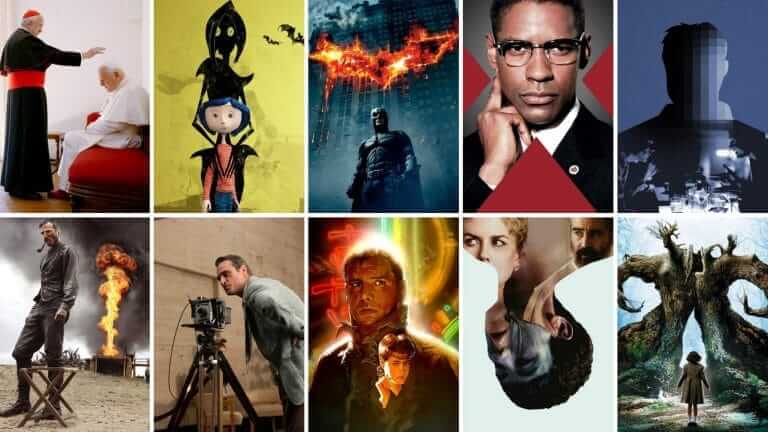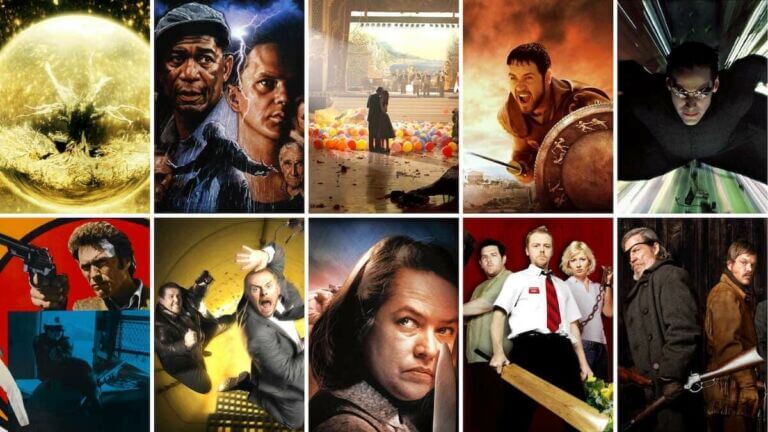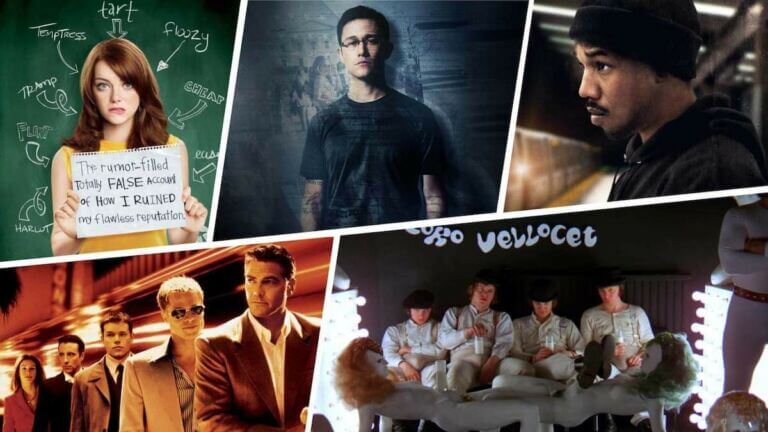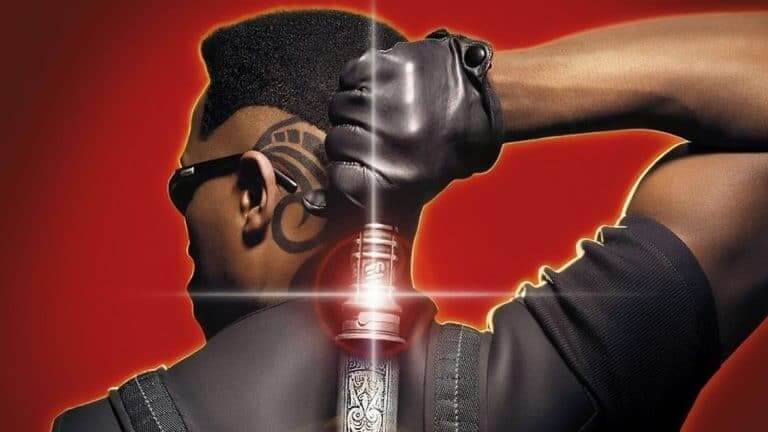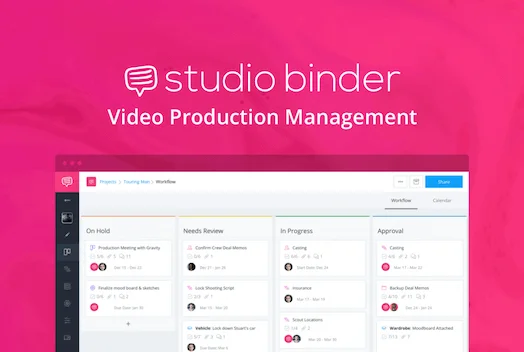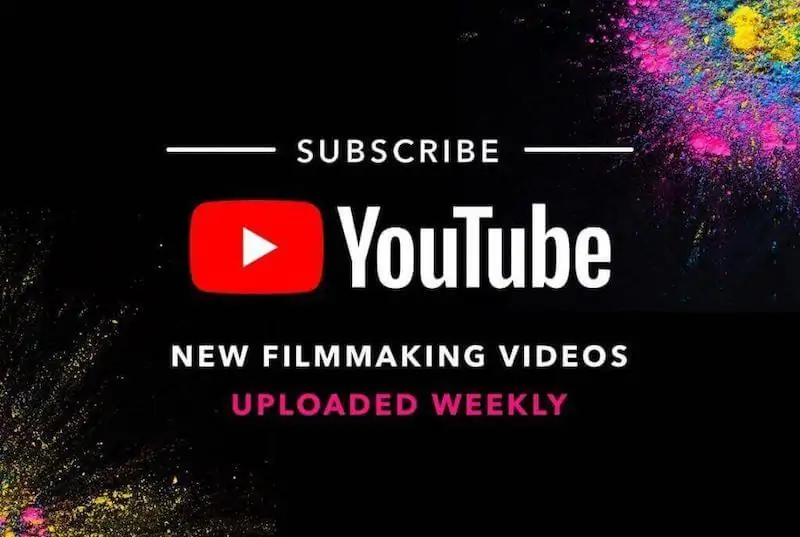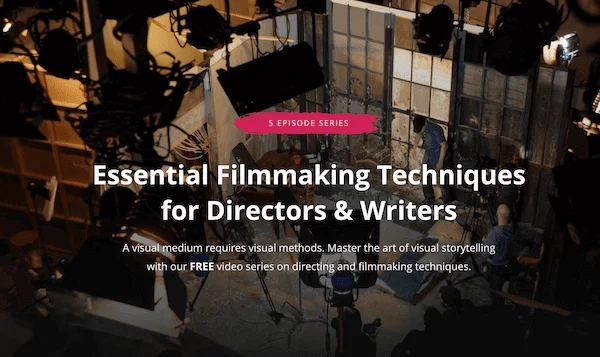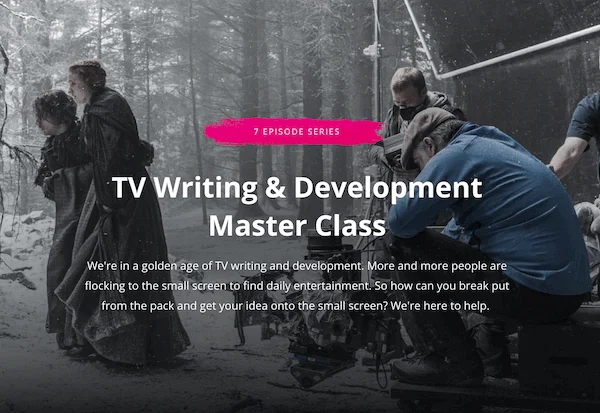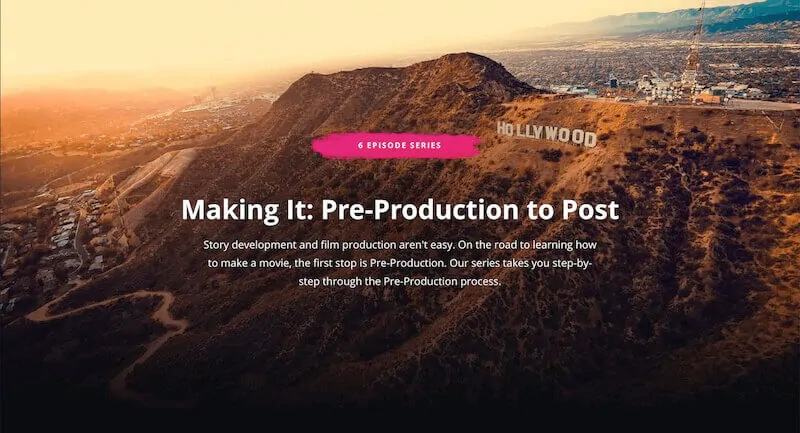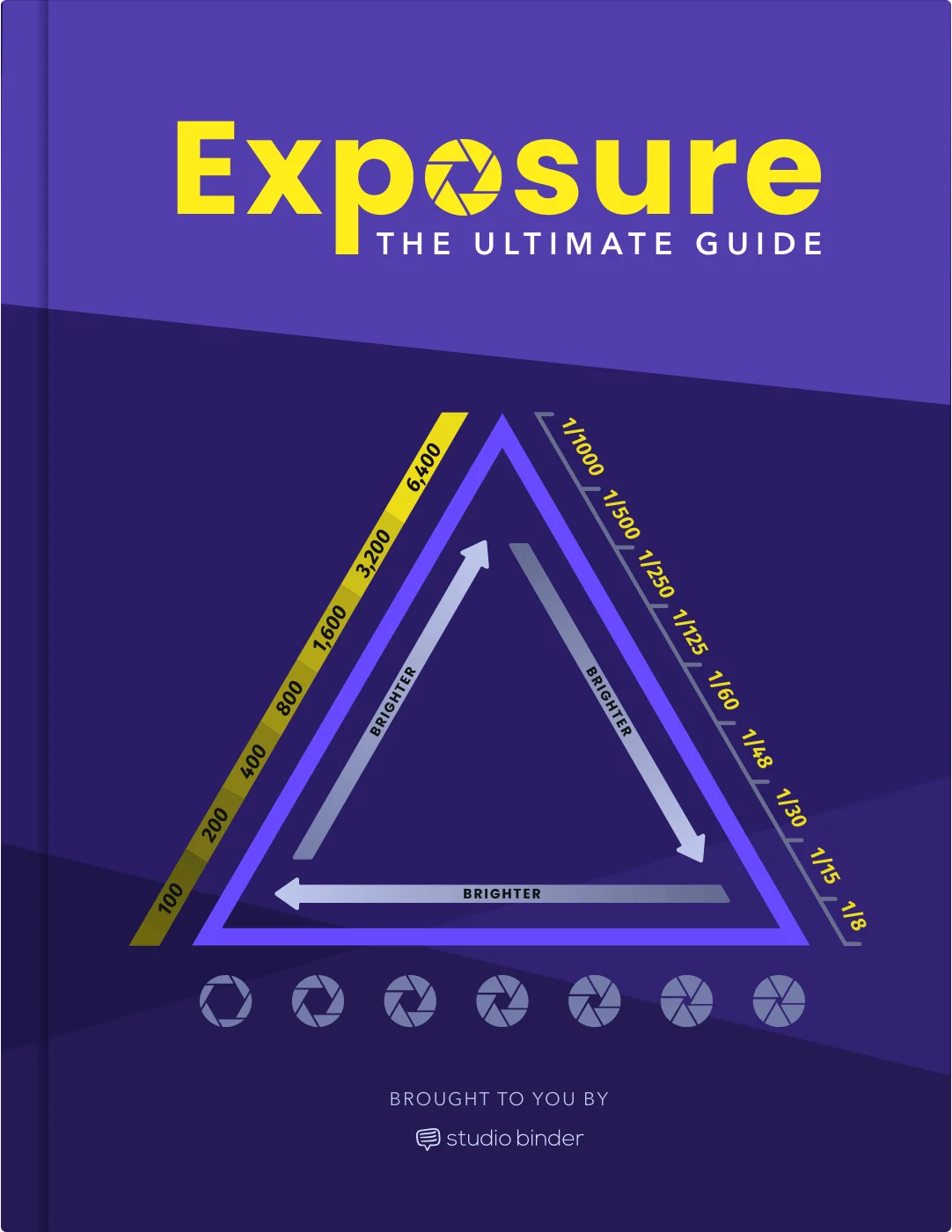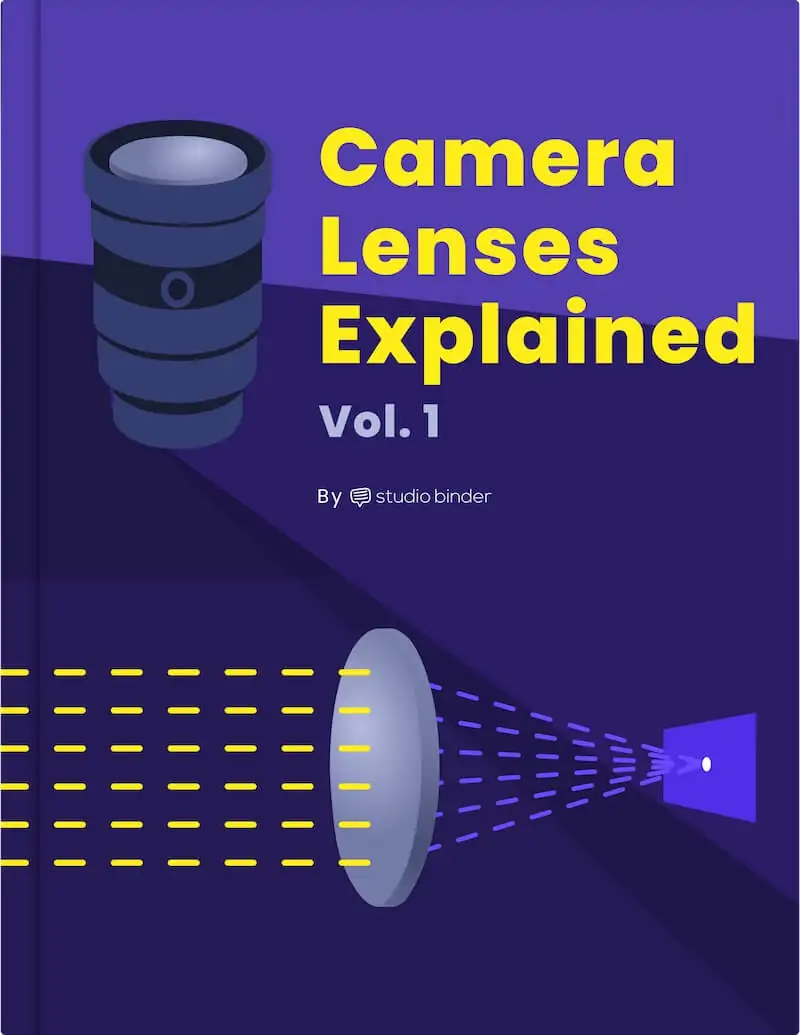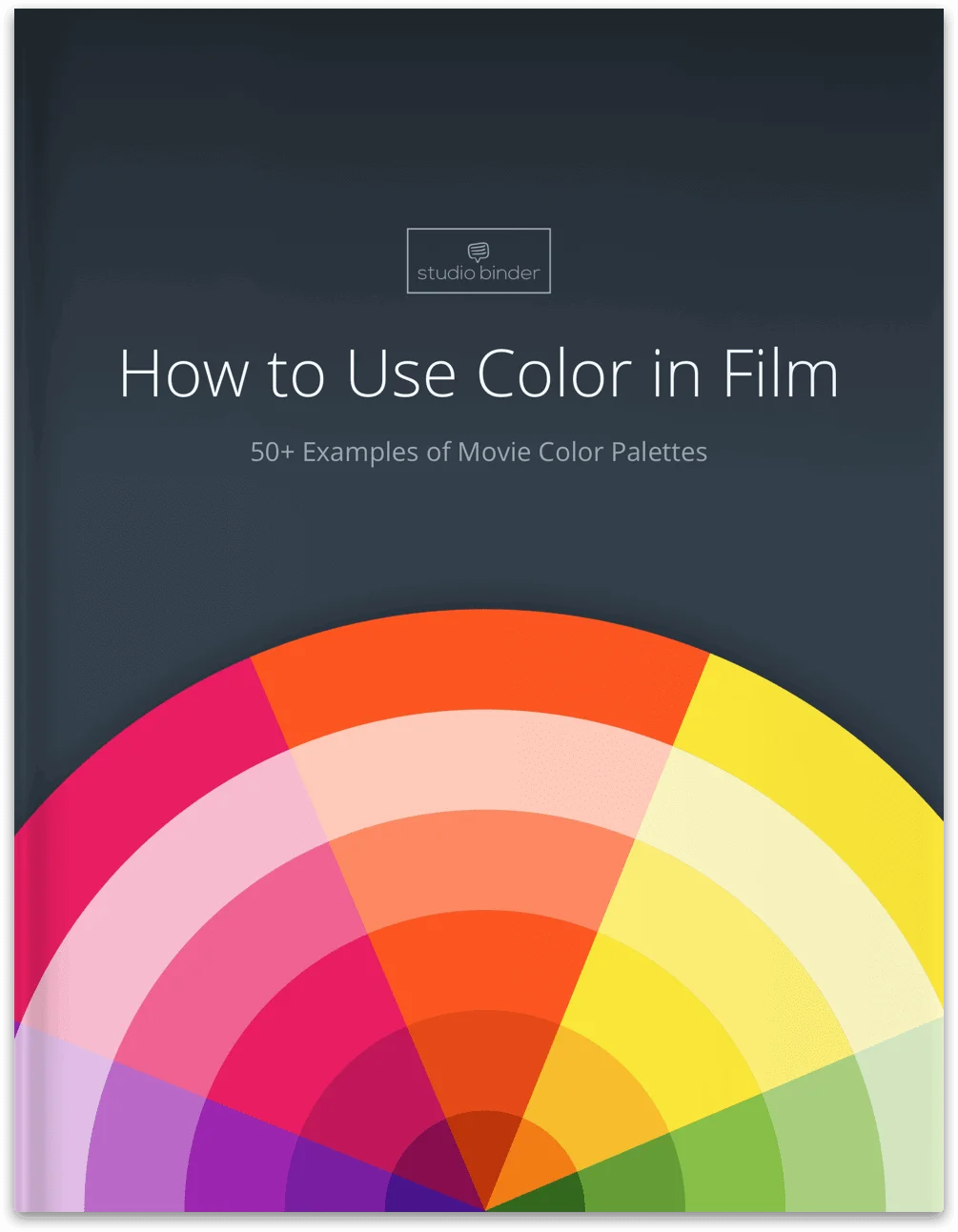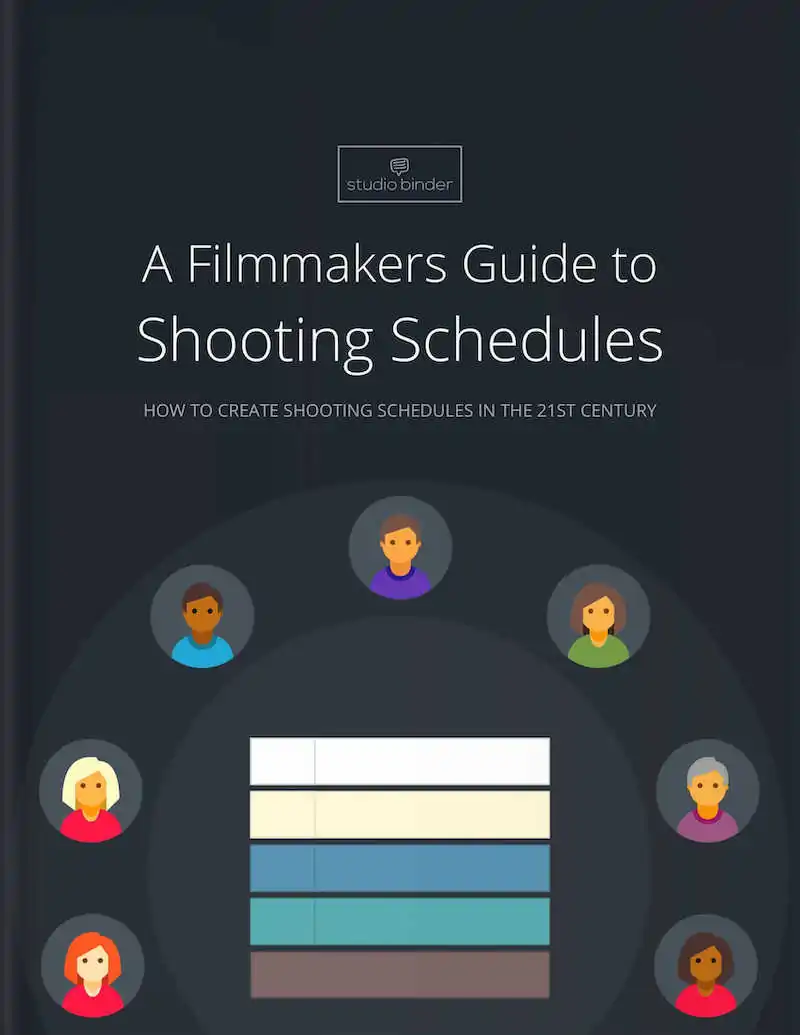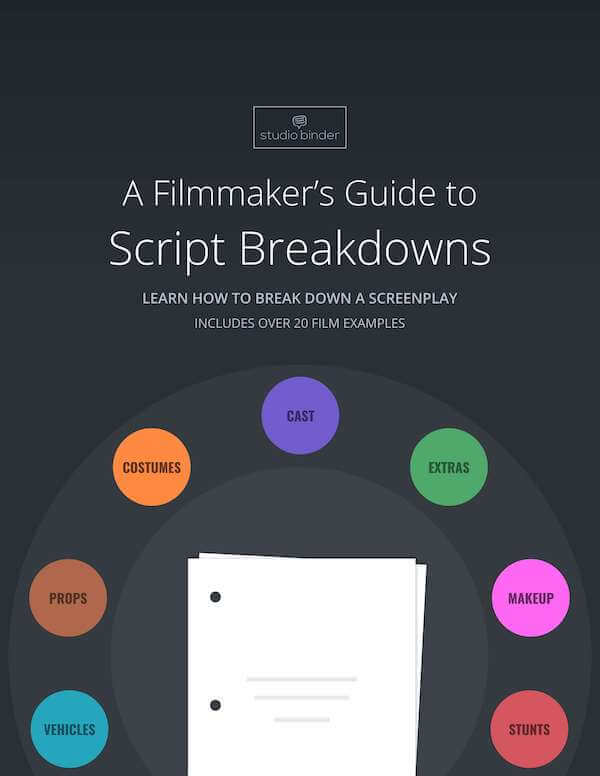Though best known for producing many of the best television shows of all time, HBO is also home to many excellent films. HBO caught on quick that streaming was the way of the future, and got into the only media game early. We’ll be taking a look at what movies are on HBO right now. HBO-Go is home to not just every great HBO original series, but also hundreds of films ranging from all-time classics to new releases. Joining us in counting down the top 50 HBO movies available right now.Continue reading The Best Movies on HBO Right Now —…
How often do you find yourself scrolling through Netflix for an hour trying to find something to watch? The next time that happens, put down the remote for a second and bring up this list.We’ll be updating this guide to the best movies on Netflix monthly, so all of you aspiring filmmakers out there can keep up with what you need to watch next.From horror to comedy and everything in between, it’s all gathered right here. We’ll rank each film based on its acting, filmmaking, writing, and overall entertainment value for people bored on Friday night.Of all the top Netflix…
How often do you find yourself scrolling through Netflix for an hour trying to find something to watch? The next time that happens, put down the remote for a second and bring up this list.We’ll be updating this guide to the best movies on Netflix monthly, so all of you aspiring filmmakers out there can keep up with what you need to watch next.From horror to comedy and everything in between, it’s all gathered right here. We’ll rank each film based on its acting, filmmaking, writing, and overall entertainment value for people bored on Friday night.Of all the top Netflix…
Every month, dozens of movies arrive on Netflix, but it can be a hassle keeping track of all the great content that comes and goes. Don’t fret though, we’re going to break down the best new movies on Netflix each month to help you decide on what to watch. These are the best of what’s coming to Netflix in June, 2020.Continue reading Best Movies on Netflix — A Playlist for Filmmakers (July 2020)
Though best known for producing many of the best television shows of all time, HBO is also home to many excellent films. HBO caught on quick that streaming was the way of the future, and got into the only media game early. We’ll be taking a look at what movies are on HBO right now. HBO-Go is home to not just every great HBO original series, but also hundreds of films ranging from all-time classics to new releases. Joining us in counting down the top 50 HBO movies available right now.Continue reading Best Movies on HBO Right Now — Filmmaker…
How often do you find yourself scrolling through Netflix for an hour trying to find something to watch? The next time that happens, put down the remote for a second and bring up this list.We’ll be updating this guide to the best movies on Netflix monthly, so all of you aspiring filmmakers out there can keep up with what you need to watch next.From horror to comedy and everything in between, it’s all gathered right here. We’ll rank each film based on its acting, filmmaking, writing, and overall entertainment value for people bored on Friday night.Of all the top Netflix…
Though best known for producing many of the best television shows of all time, HBO is also home to many excellent films. HBO caught on quick that streaming was the way of the future, and got into the only media game early. We’ll be taking a look at what movies are on HBO right now. HBO-Go is home to not just every great HBO original series, but also hundreds of films ranging from all-time classics to new releases. Joining us in counting down the top 50 HBO movies available right now.Continue reading Best Movies on HBO Right Now — Filmmaker…
Though best known for producing many of the best television shows of all time, HBO is also home to many excellent films. HBO caught on quick that streaming was the way of the future, and got into the only media game early. We’ll be taking a look at what movies are on HBO right now. HBO-Go is home to not just every great HBO original series, but also hundreds of films ranging from all-time classics to new releases. Joining us in counting down the top 50 HBO movies available right now.Continue reading Best Movies on HBO Right Now — Filmmaker…
Though best known for producing many of the best television shows of all time, HBO is also home to many excellent films. HBO caught on quick that streaming was the way of the future, and got into the only media game early. We’ll be taking a look at what movies are on HBO right now. HBO-Go is home to not just every great HBO original series, but also hundreds of films ranging from all-time classics to new releases. Joining us in counting down the top 50 HBO movies available right now.Continue reading Best Movies on HBO Right Now — Filmmaker…
Though best known for producing many of the best television shows of all time, HBO is also home to many excellent films. HBO caught on quick that streaming was the way of the future, and got into the only media game early. We’ll be taking a look at what movies are on HBO right now. HBO-Go is home to not just every great HBO original series, but also hundreds of films ranging from all-time classics to new releases. Joining us in counting down the top 50 HBO movies available right now.Continue reading Best Movies on HBO Right Now — Filmmaker…
